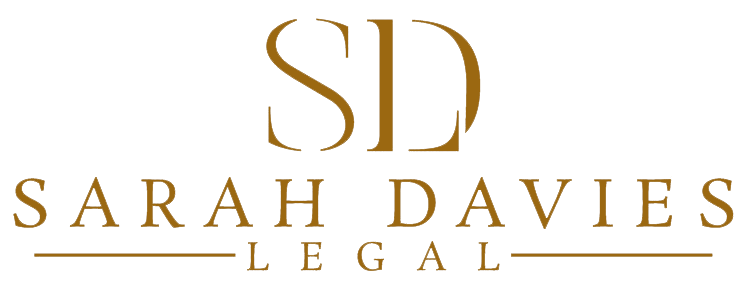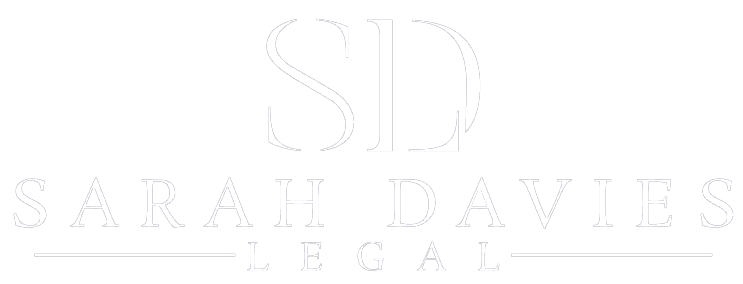If you’ve ever been involved in a serious dispute with someone, then you’ll know how difficult it can be to put aside emotions and personal perspectives to find an appropriate resolution. That difficulty is compounded if the dispute becomes litigious, and suddenly you also have to deal with court processes that you don’t fully understand and opposing advocates who seem to find ways to inflame issues.
Add to this the fact that we all have decision-making biases that sadly don’t always assist us in coming to rational decisions (see my article about the Psychology of Litigation), and it can seem impossible to navigate through to a resolution.
That’s where a good project management plan can come to the rescue. It’s the “who, what, where, when and how” of the project. A plan should give you a realistic idea about the amount of time and money you will have to devote to the litigation, what you will be called on to do, and when that is likely to occur.
I work through the following steps with my clients to develop a project management plan that will guide us through the process:
- Prospects of success: I will provide you with my view about your prospects of success as early as possible, even if this needs to be qualified on the basis of evidence or expert opinion that is yet to be obtained.
- Strategy: I will work with you to develop a clear strategy for the litigation, including the scope of the dispute, where you currently are, what you need to achieve, and what “done” looks like.
- Court process: I will brief you about the steps we will need to take to achieve the strategy, and what court processes will be involved. These will be tangible steps you can understand and prepare for.
- Key people: Together, we will decide who is going to be involved, including who from your business will be running the litigation and providing instructions, which barrister/s will be briefed, including what level of seniority/cost is acceptable and how much work they will be asked to do, and what expert evidence will be needed.
- Project plan: Using the information above, I will prepare a project plan. A plan can be as simple or complex as necessary to serve your needs and the complexity of the litigation. I often use a simple table that sets out each major step in the litigation, my estimate of the timeframe over which it will occur, who will be involved and the low and high estimate of the costs. Alternatively, the plan can be more sophisticated, using project management software or a Gannt Chart, if that suits you and your business better.
- Report against the plan: I’ll refer to the project plan when we discuss the progress of the litigation, consider our strategy and when I send you monthly invoices. At any point in time when you are considering offers to settle, or preparing for a mediation or trial, you will be able to see the costs and time involved in moving forward to a conclusion.
My job is to make sure the project plan is realistic. It’s important that you don’t fall into the trap of underestimating the amount of time and money it will take to achieve the desired outcome.
If you have dispute resolution or litigation needs and you think you’d like to work with me, then please get in contact for a no-obligation consultation.
Sarah Davies
Director
Sarah Davies Legal
Accredited Specialist – Commercial Litigation
This article is produced as general information in summary for clients and should not be relied upon as a substitute for detailed legal advice or as a basis for formulating business or other decisions. Formal legal advice should be sought in relation to particular matters. Sarah Davies Legal Pty Ltd asserts copyright over the contents of this document.




